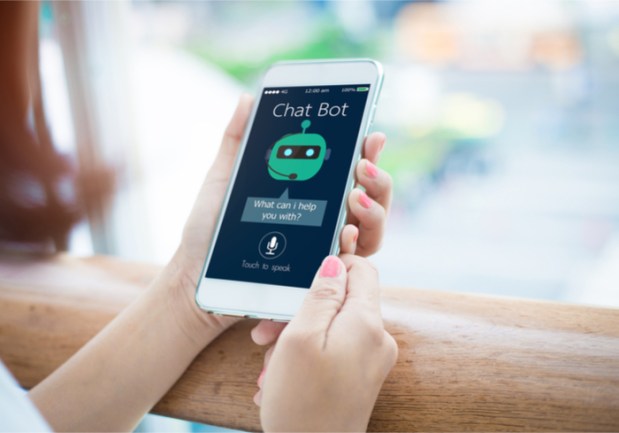AI Bots Can Help Retailers Serve Customers

Consumers may have only two to three shopping apps on their phones – even though there is a whole universe of eCommerce companies with mobile apps. Brands and retailers face a dilemma then: How do companies reach consumers through their phones? Pawel Kolacz thinks the answer is to reach consumers through the apps they already have on their phones.
“[Consumers] don’t want to download apps, but they have messaging platforms,” IAmBot Co-founder and CEO Pawel Kolacz told PYMNTS.com in an interview. As a result, Kolacz is rolling out technology for brands and retailers to connect with customers through messaging platforms such as Facebook Messenger, WeChat, Viber and WhatsApp.
The app seeks to boost brand and retail sales by providing a new sales channel with immersive experience and a visual product search. In addition, IAmBot seeks to provide customer service through artificial intelligence (AI)-backed technology.
The Platform
The IAmBot platform has some advantages over traditional ways that brands and retailers communicate with consumers. Many eCommerce websites have live chat, but this feature often comes with a major disadvantage: Consumers can lose access to the chat or they may lose interest if a chat agent doesn’t connect with them quickly enough. But IAmBot’s platform allows continuous communication that can cross over to other devices. If consumers close their laptops, for example, they can continue a conversation on a smartphone through platforms like Facebook Messenger.
Beyond this feature, IAmBot can handle many routine requests without human interaction. Consumers often ask brands and retailers the same questions: They want to know if a product is in stock or if a product comes in a different color. They may also want to know the location of the brand or retailer’s nearest store. “Those simple queries we can automate,” Kolacz said.
But sometimes consumers ask more complicated questions that the technology can’t handle yet. As a result, IAmBot can forward questions over to a human representative.
These agents don’t have to go it alone, however. The platform provides agents with possible answers based on a company’s frequently asked questions (FAQs) or knowledge base. “Those agents have three to five suggested answers,” Kolacz said.
Additionally, IAmBot monitors sentiment in an agent’s response. If the agent is having a particularly bad day and tries to send a message with a negative tone to a customer, for example, IAmBot will stop the transmission of the message. Then the platform will send a pop-up message asking the agent to rephrase his or her answer.
The Road Ahead
The use of AI is growing and the technology is changing fast. Chatbots, or virtual customer assistants (VCAs), will be used in 25 percent of customer service and support operations by 2020, up from just 2 percent in 2017. According to news from Gartner, a leading research and advisory company, more than half of organizations have already invested in VCAs for customer service so they can utilize all the advantages of automated self-service technology.
“As more customers engage on digital channels, VCAs are being implemented for handling customer requests on websites, mobile apps, consumer messaging apps and social networks,” said Gene Alvarez, managing vice president of Gartner, at the Gartner Customer Experience Summit in Tokyo.
According to Gartner’s research, companies reported a reduction of up to 70 percent in call, chat and/or email inquiries after implementing a VCA, as well as a boost in customer satisfaction and a 33 percent savings per voice-engagement.
“A great VCA offers more than just information,” said Alvarez. “It should enrich the customer experience, help the customer throughout the interaction and process transactions on behalf of the customer.”
Some other takeaways from Gartner’s recent research: By 2019, 20 percent of brands will shut down their mobile apps, focusing instead on consumer messaging apps – such as Facebook Messenger and WeChat – to reach customers.
Beyond messaging, Kolacz said there might be another user for AI bots in the future. Consumers may have their own bots that could communicate with businesses on their behalf to check the status of their orders or place repeat orders.
“I’m sure it will happen sometime in the future,” Kolacz said. “I don’t think it will be a Google or Amazon. I think it will be an independent company [that] will create something to help us – people – interact with businesses.”
